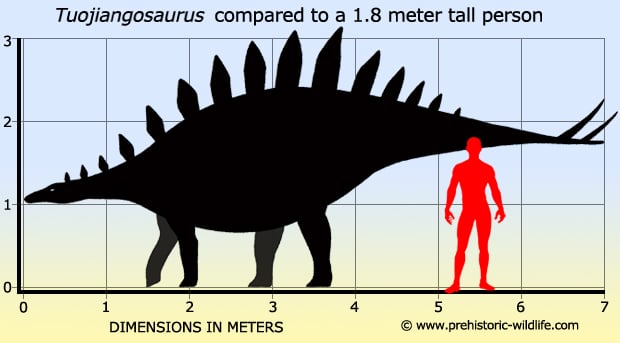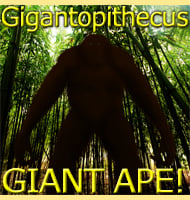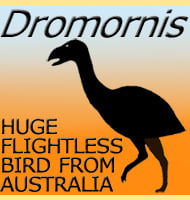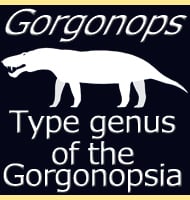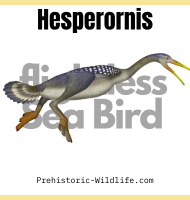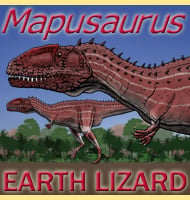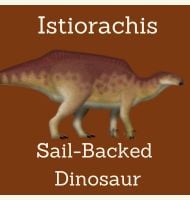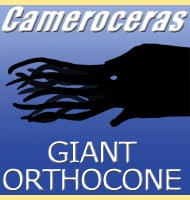In Depth
Tuojiangosaurus was the first stegosaurid to be discovered in China, and today remains the best known from Asia. Tuojiangosaurus itself is seen as a basal (primitive) form that displays a standard stegosaurid shape and posture while retaining features that would be lost in later genera. Tuojiangosaurus seems to have been limited to a quadrupedal posture that saw its head held close to the ground where it could feed upon low vegetation. The teeth of Tuojiangosaurus are similar to those of other related dinosaurs and are more suitable for use upon softer vegetation that did not require a lot of pull to remove from the main plants.
Tuojiangosaurus had very distinctive back plates that are tall, narrow and triangular. These plates run from the neck to about half way down on the tail, and like most stegosaurids, were at their largest when over the hips. While early depictions of stegosaurids saw these plates as being for either defence or thermoregulation, modern analysis has found the plates to not really be suitable for either of these purposes. The plates themselves are too weak and brittle to protect against a powerful bite, and not adapted enough for an efficient thermoregulation purpose. This leaves the explanation of inter species display where stegosaurids could recognise others of their kind by the shape and arrangement of the plates which differed between individual genera and species.
One part of Tuojiangosaurus that was almost certainly for defence against predators was the spiked tail or ‘thagomizer’ as it is known. The spikes on Tuojiangosaurus’s thagomizer were arranged at a forty-five degree angle, and evidence associated with other stegosaurids strongly indicates that this was an active weapon for use against attacking dinosaurs. Whereas the thagomizer spikes of Stegosaurus were used against predators like Allosaurus, the thagomizer of Tuojiangosaurus was likely a defence against similar predatory theropod dinosaurs such as Sinraptor.
Further Reading
– On the stegosaurian remains from Zigong (Tzekung), Szechuan province. – Z. Dong, X. Li, S. Zhou & Y. Zhang – 1977.
